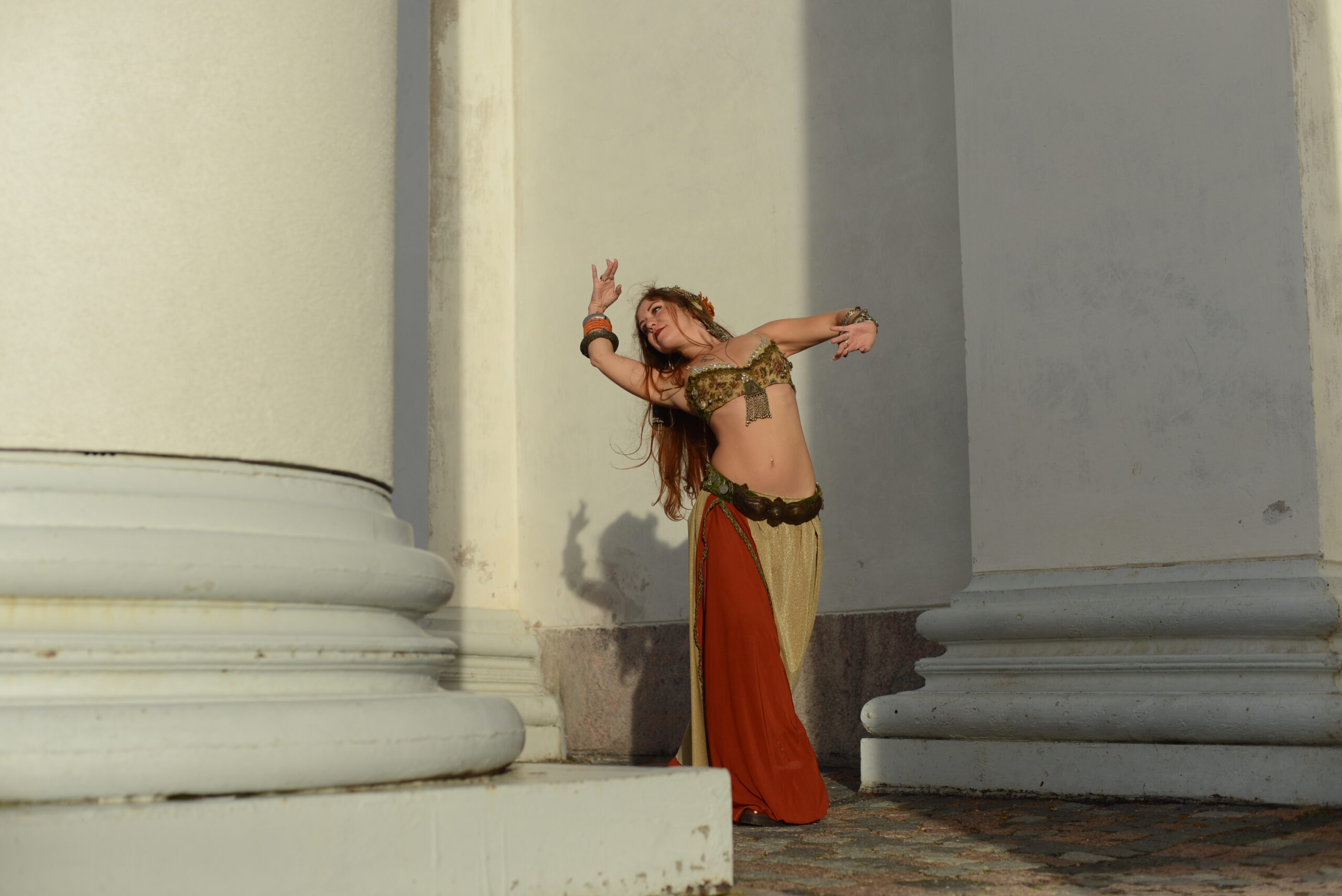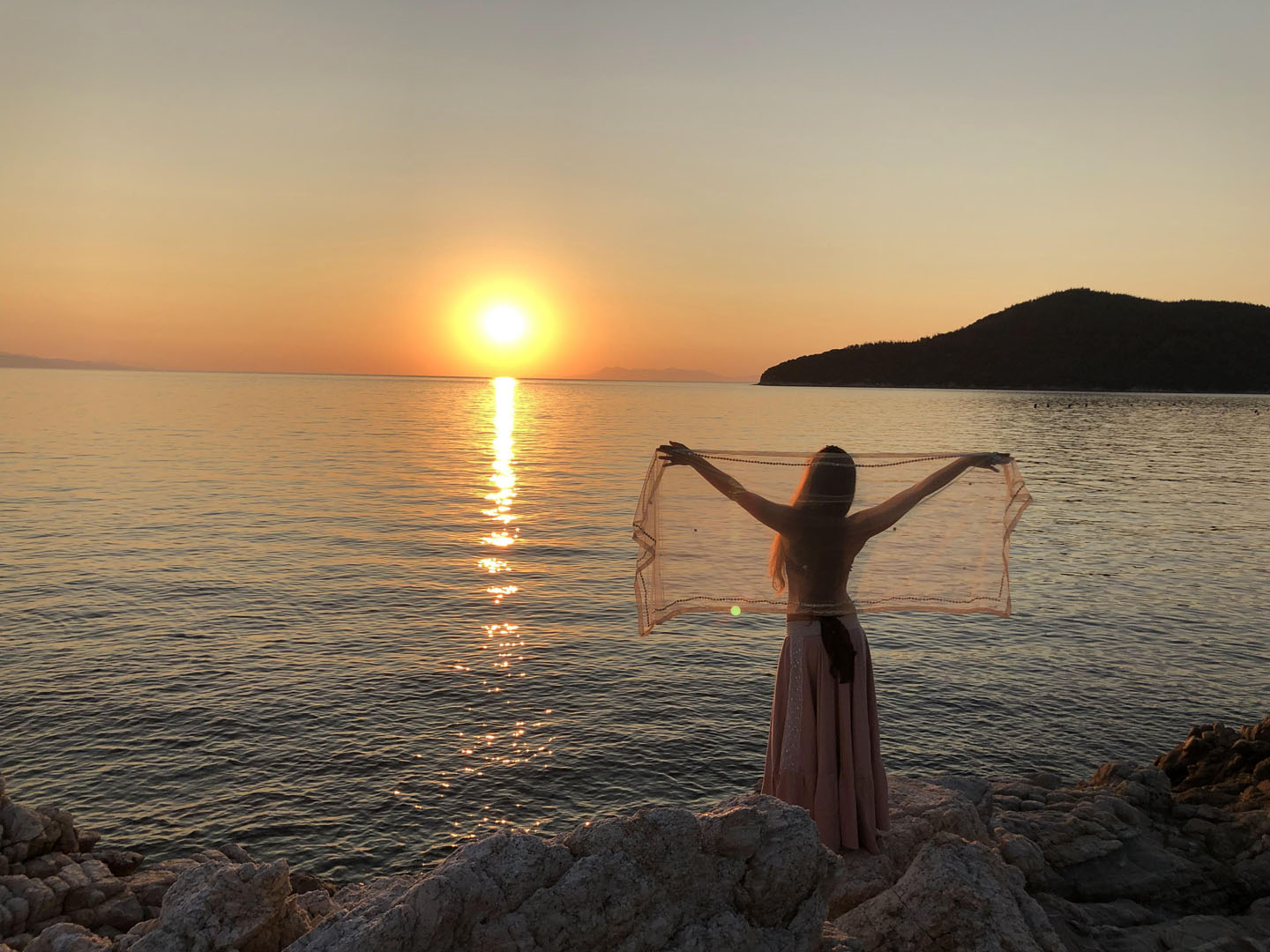A few words
Opera De Orient
OPERA DE ORIENT is a method of teaching bellydance, created by Dimitra Zarzouki.
The Opera De Orient studies the evolution of the oriental dance from ancient times to the present day, by coordinating all elements in one method. This method offers the learning of kinesiology, technique, tradition, musicality and absolute control of the body, breathing and thoughts, raising the level and quality of the dance.

” IF YOU UNDERSTAND THE FIVE ELEMENTS THEN YOU CAN CREATE THE WORLD AS YOU HAVE DREAMED IT”
Dimitra Zarzouki
Oriental dance has many different styles and origins. The most generally known term is Bellydance while Raqs sharki of Egypt, Oryantal in Turkey, and Tsifteteli in Greece, belong to some of the most well known styles.
The American influence modernizes the dance and creates new styles such as American Tribal Style and Tribal Fusion Bellydance.
These are just some of the existing styles. Although their origins are vastly different, all of them are included under the umbrella term of Oriental or Bellydance.
Through its particular teaching method, Opera De Orient encounters the common elements via the FIVE ROOTS program.
With over a decade of dancing and student experience, Dimitra creates this specific program. The five roots are the five categories upon which BellyDance is based. The technical execution, or the naming, may vary in different countries and styles , but the movements remain the same.
In OPERA DE ORIENT there are enhanced techniques from East to West.
The Opera De Orient studies the evolution of the oriental dance from ancient times to the present day, by coordinating all elements in one method
This method offers the learning of kinesiology, technique, tradition, musicality and absolute control of the body, breathing and thoughts, raising the level and quality of the dance.
It is a women’s guide and self-awareness manual for the tripartite human, in its PHYSICAL (body-control), MENTAL (mind-knowledge), and SPIRITUAL(soul-emotion) part.
OPERA DE ORIENT is the academy of Oriental Women’s Art, which it takes dance to the next level.

It escapes from the convention of a ΄΄dance form΄΄ and becomes an artistic, experiential necessity.
This particular dance helps in everyday life because:
- We learn to hold our body in the right posture
- We can now control the center of gravity.
- We activate shortened muscle groups.
- We begin to breathe properly.
- We love ourselves more.
- We listen and express our feelings
